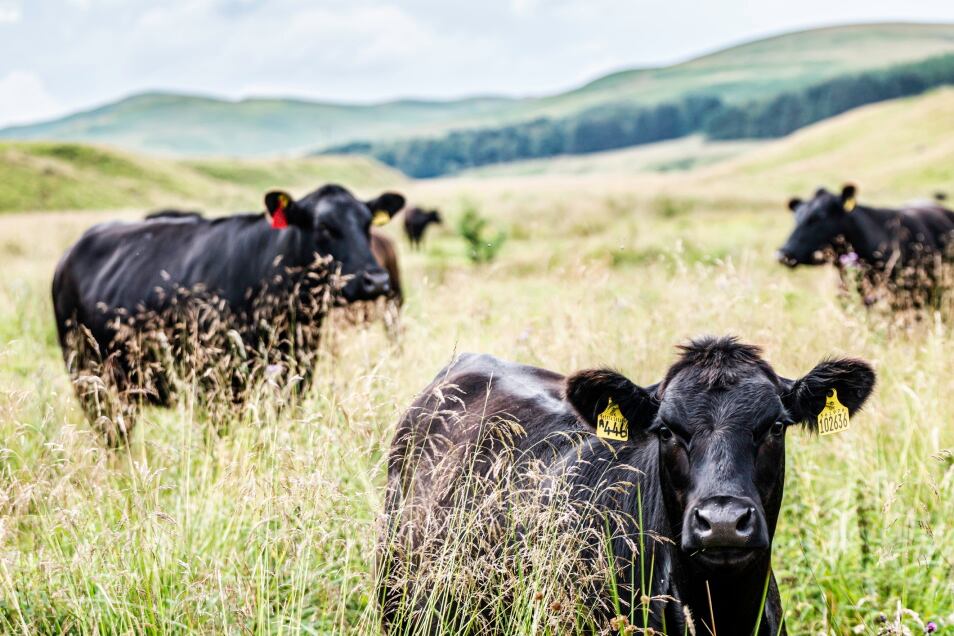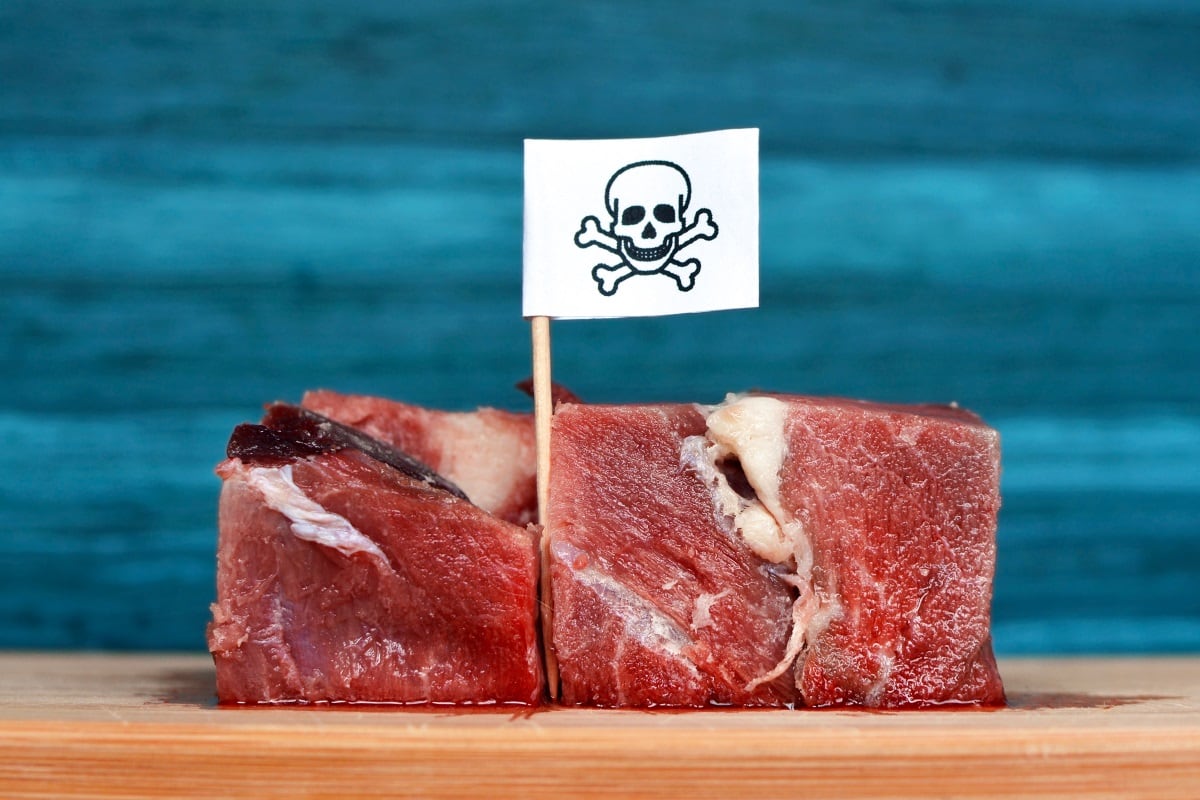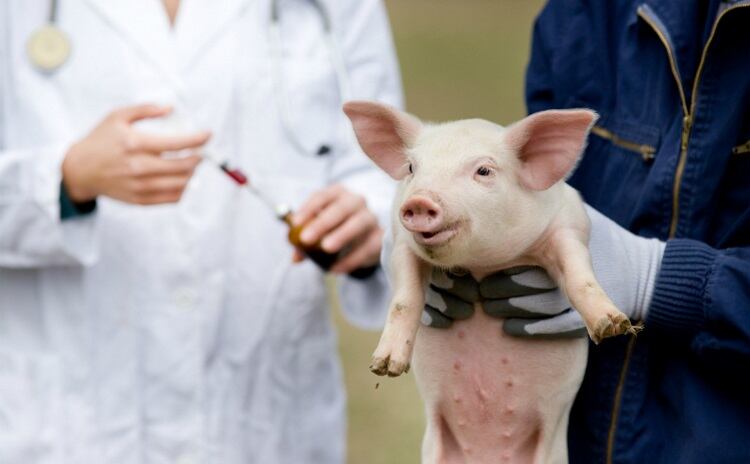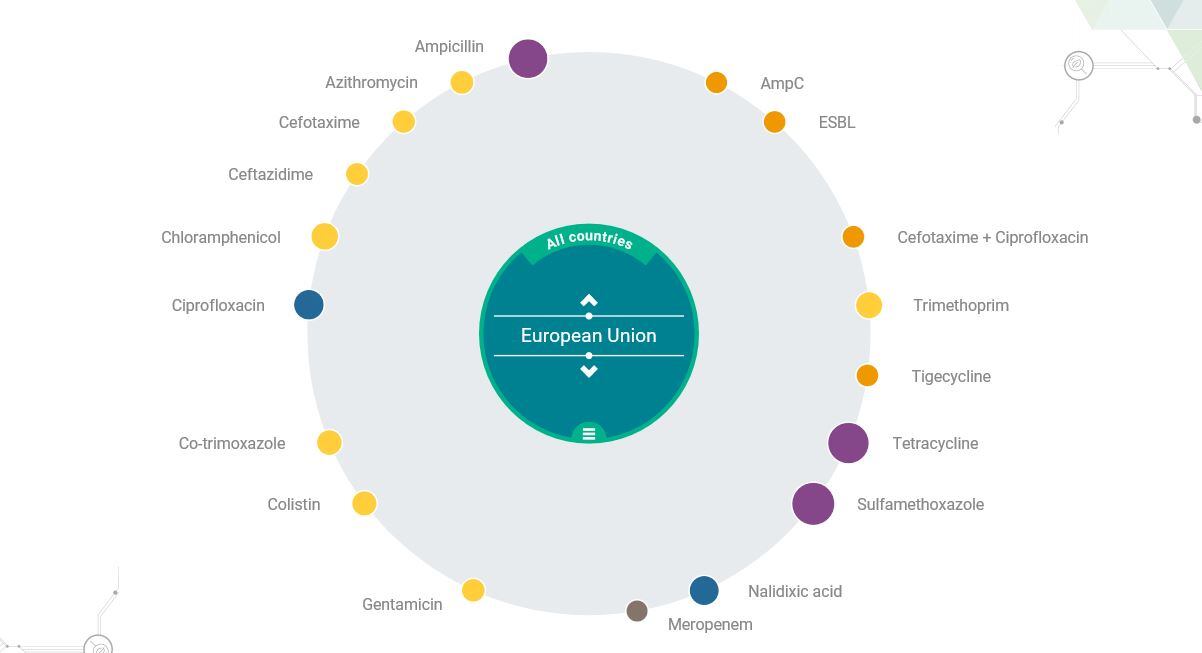Globally, antibiotic resistant bacteria are linked to around 700,000 deaths a year. This figure could increase to 10m by 2050 if current trends continue, according to a report commissioned by the UK government. As a result of death and productivity losses, antimicrobial resistance (AMR) could cost $100 trillion globally in by 2050 if no action is taken, the report warned.
The development of AMR is linked to the over-use of antibiotics, including in livestock rearing. Worldwide, 75% of the antibiotics produced are given to animals raised for food. According to the World Health Organization (WHO), using antibiotics in food animals could support the development of antimicrobial-resistant pathogens that may spread to people, which is seen as a major health threat.
To stem the tide of AMR, the WHO has called for a total ban on the use of antibiotics to promote growth in animals destined to enter the food chain.
The EU banned growth promoting antibiotics back in 2006 and a report published last week from the European Surveillance of Veterinary Antimicrobial Consumption (ESVAC) found sales of antibiotics for use in agriculture were cut by one-third between 2011 and 2018. But antibiotics are still commonly used for disease prevention as well as treatment across the bloc.
Antibiotics and animal welfare
For most European consumers, the antibiotic issue is also intrinsically linked to animal welfare. According to the most recent Eurobarometer survey, a majority of Europeans – 56% - agree that sick farm animals ‘have the right to be treated with antibiotics’
However, a research paper published in PLoS One concluded that people linked intensive animal agriculture and poor conditions with the spread of diseases and expressed a preference for interventions that improved conditions and reduced the need for medical interventions such as the use of antibiotics.
“The public have concerns regarding intensive production systems, in relation to farm animal welfare, naturalness and the use of antibiotics. The most preferred interventions were the most ‘proactive’ interventions, namely improved housing and hygiene measures. The least preferred interventions were medicine-based, which raised humane animal care and food safety concerns amongst respondents,” the researchers concluded.
The challenge, then, is to cut the use of antibiotics in animal agriculture without sacrificing the animal health and welfare.
Enter Mileutis. The Israeli biopharmaceutical company believes it can help mitigate the use of antibiotics in animals and is in ‘advanced stages of development’ with its first product, Imilac, which addresses one of the main concerns of the dairy industry: bovine mastitis.
“This is a real win-win-win situation. It is great news for the cow [which will benefit from improved] wellbeing and increased comfort, the farmer, veterinarian and the consumer,” David Javier Iscovich, Mileutis CEO and co-founder, told FoodNavigator.
“The ability of our product to expedite the secession of milk secretion dramatically reduces the agony the cow suffers due to milk congestion in the first few days after the beginning of the dry-off period, once a year.
“The farmer enjoys the first ever effective treatment which is 100% safe with no residues, which will allow him not only to stop using antibiotics (which most farmers do not like anyway) but also to become more profitable due to the additional milk yield he will receive from his cow following administration of Imilac. Moreover, no withdrawal times are to be expected as it is the case with antibiotic treatments and this is due to the safe profile of Imilac.
“Dairy consumers and humanity as a whole will enjoy better quality dairy products and reduced AMR risk.”
Mastitis: A billion-dollar opportunity
Mastitis is the most frequent disease in dairy herds worldwide. The disease can impair milk-secreting tissues in the cattle, causing lower milk production, lower quality of milk, and the loss of dairy cows from the disease. According to the University of Glasgow, bovine mastitis results in losses of $19.7-30 billion globally.
Mileutis plans to introduce Imilac for use in the management, treatment, and prevention of bovine mastitis at dry-off. The company estimates a potential annual revenue of above $1 billion globally.
So, how does Imilac work?
The first line of products is comprised of peptides and specific protein fragments that have a positive impact on conditions that influence health and reduce antibiotic use in animal health management.
It consists of an intra-mammary formulation derived from natural milk proteins and contains bovine casein hydrolysate as an active ingredient, Iscovich explained, noting that its application has an ‘immune-stimulatory mode of action’.
“The efficacy of Imilac for the prevention and treatment of mastitis may be explained by enhancement of the mammary glands’ resident immune system through augmentation of humoral components and through its actions to more rapidly advance the activation and function of mammary epithelial cells, monocytes, macrophages and polymorphonuclear neutrophils.
“In the modern era of agricultural production, pre-calving cows are annually scheduled to abruptly cease milk production for about 60 days whilst although still storing significant amounts of milk in their udders. The conventional antibiotic dry cow therapy is interrelated with the excess milk leaking from the mammary gland and thereby causing mastitis during the dry period and the post-calving early lactation. The ability of Imilac to enhance the immune-system causes a reaction which precipitously dry up the mammary secretion, and drastically involute the mammary gland, which in turn prevents this economically detrimental and clinically painful scenario by the drastic and rapid reduction of milk secretion in the mammary gland, making it a very poor medium for bacterial growth.”
Additional applications in animal and human health
The company has secured a $20 million investment from NovaQuest Capital Management to help realise its ambition.
NovaQuest’s investment will drive the continued development and commercialisation of Mileutis’ novel, biologically sourced, and residue-free therapies for animal health.
The Mileutis chief executive told FoodNavigator that the company is ‘absolutely’ working on addressing the necessity of antibiotic use in other animals and for the treatment of additional diseases. The company is even investigating applications in human health.
“Due to the fact that Mileutis technology acts through stimulation of the immune-system, Mileutis is working on additional applications (some are still confidential) among them: uterine infections in dairy cows and for human health. In human health the programs are intended towards breast inflammation and the treatment of a wide range of indications which are immune-stimulation related,” Iscovich revealed.
This approach can help move the needle on the development of AMR in the agricultural sector, he suggested. The company expects to launch in additional animal health markets beyond dairy. “We believe that due to the mode of action of the technology platform and products, Mileutis will launch similar product categories in additional animal health markets beyond the dairy industry.”
Iscovich is bullish on the impact Mileutis technology will have on the agricultural sector and its contribution to the development of antibiotic resistant pathogens.
“In the dairy industry we believe that we can replace all the antibiotics used for prevention and the vast majority of treatments for curing mastitis and metritis which together represent around 90% of all antibiotics in the dairy indusy. As such, the dispersion effect of pathogen resistant bacteria from the dairy barns to the consumer will be drastically reduced and as such reduce the slope of AMR development,” he stressed.




